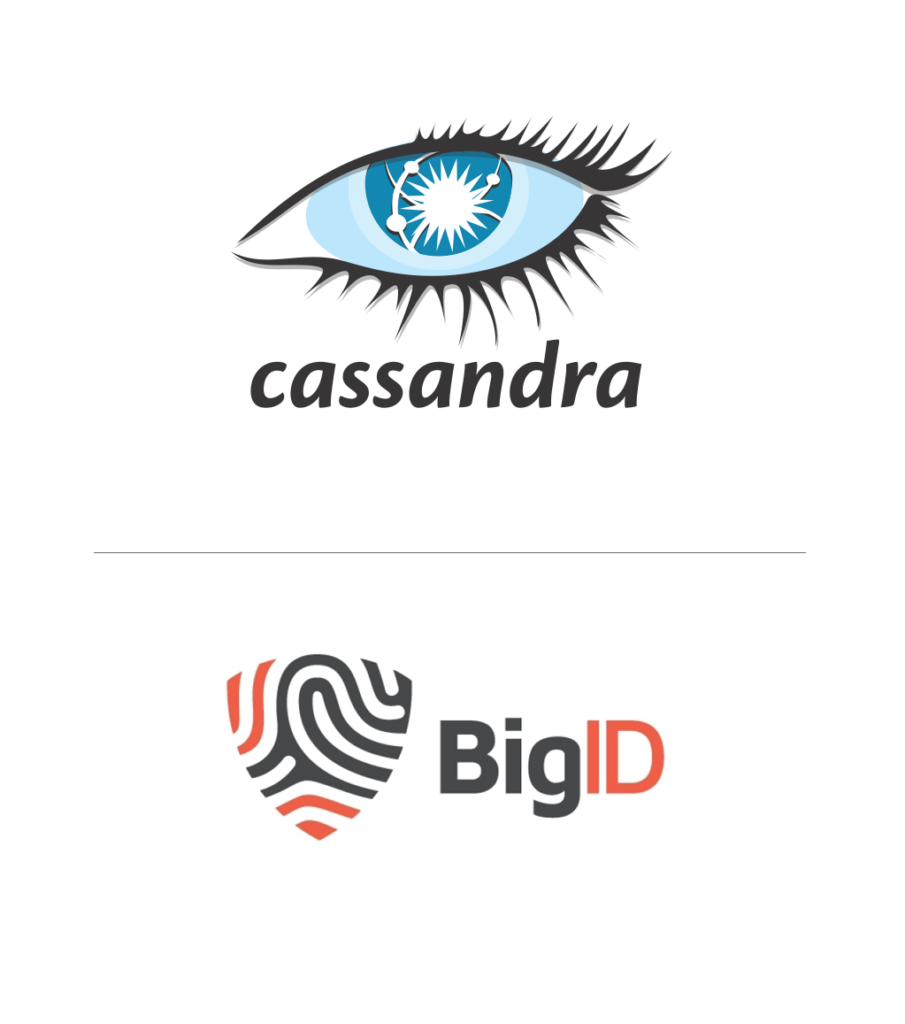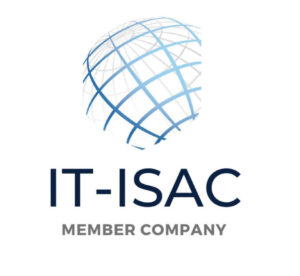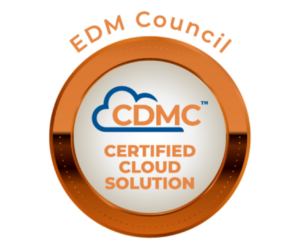
Elastic Scalability
Scale up and down without downtime or pauses to apps.
BigID discovers, identifies, and classifies sensitive and personal information stored in Cassandra—including dark data—without moving, copying, or altering the data itself.
Leveraging an agentless connector, BigID lets you choose if a sample scan should be performed on the Cassandra data source. BigID performs the scan on a sample quantity of records, quickly finding sensitive and personal information using minimal resources and storage.


Scale up and down without downtime or pauses to apps.

Available to businesses for free, and open to public collaboration.

Peer-to-peer architecture guards against server failure and malfunction.

Secure data stored in multiple locations ensures safety.

Handles large amounts of data across many commodity servers.

Use by over 1,500 companies with large, active data sets.
Apache Cassandra is an open-source, distributed, NoSQL database management system. Designed to handle large amounts of data across many commodity servers, Cassandra provides high availability of the database with no single point of failure by storing redundant copies of data in nodes, or replicas.
In use by over 1,500 companies that have large, active data sets, Cassandra consistently performs very well in benchmarks and real applications. It’s most often used with large-scale content platforms and social networks with massive numbers of subscribers, open source platforms with high numbers of users and pages, and world-class research institutes supporting multiple broad spectrums of knowledge.
Cassandra offers robust support for clusters spanning multiple data centers. It’s the right choice when you need scalability and high availability without compromising performance.
Get a custom demo with our data experts in privacy, protection, and perspective – and see BigID in action.



















